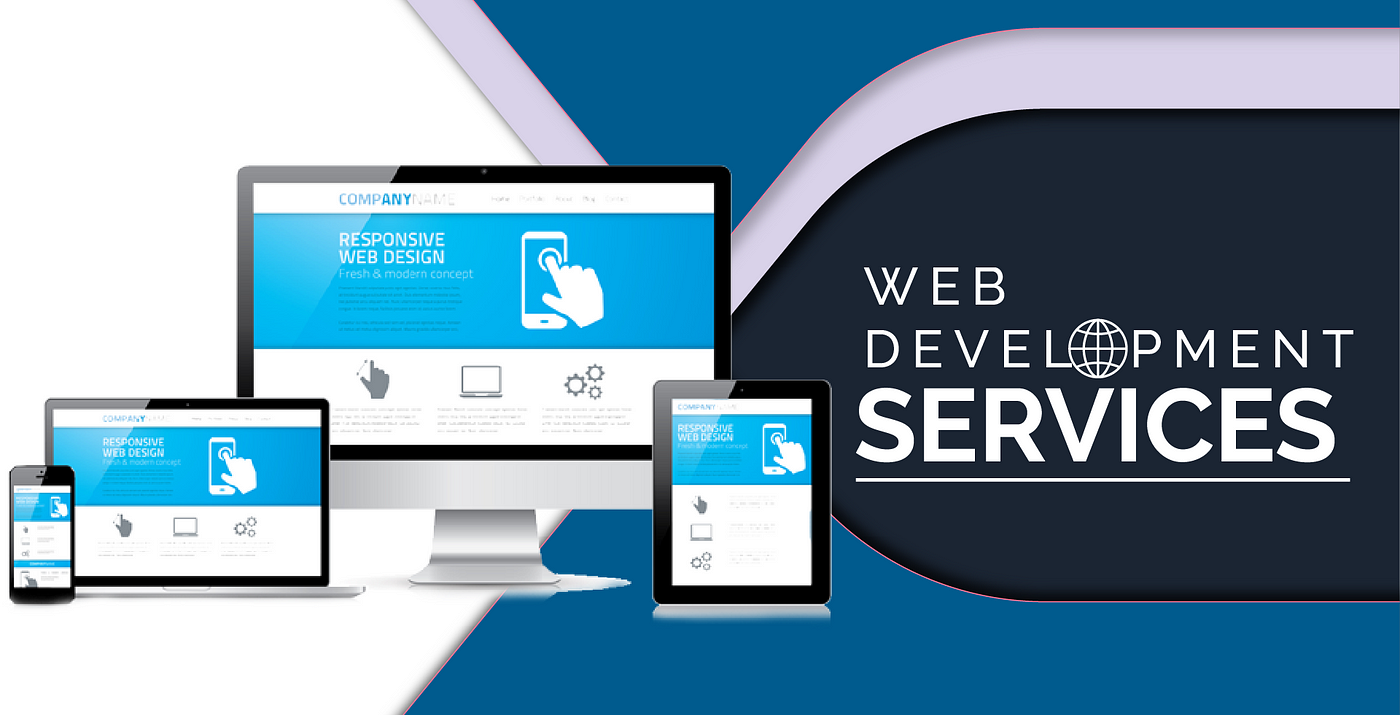The Psychology of Web Design
As web designers, we often focus on creating visually appealing and functional websites, but we rarely stop to think about the psychological impact of our designs on users. However, the truth is that psychology plays a crucial role in determining how users interact with and respond to our websites. In this article, we'll explore the fascinating world of web design psychology and reveal the secrets of creating emotionally intelligent interfaces that drive user engagement.
The Role of Emotional Intelligence in Web Design
Emotional intelligence is the ability to recognize and understand emotions in oneself and others. In the context of web design, emotional intelligence refers to the ability of a website to recognize and respond to the emotional needs of its users. This can be achieved through the use of color, typography, imagery, and other design elements that evoke emotions and create a connection with the user.
According to "Emotional Design" by Don Norman, "attractive things work better." This is because attractive designs create a positive emotional response in users, which in turn increases their motivation to engage with the website. On the other hand, unattractive designs can create a negative emotional response, leading to a decrease in user engagement.

The Psychology of Color
Color is one of the most powerful design elements when it comes to evoking emotions. Different colors can create different emotional responses in users, and the right color scheme can make or break a website's user experience. For example, the color blue is often associated with feelings of trust and security, which is why it's commonly used in corporate and financial websites.
On the other hand, the color red is often associated with feelings of excitement and energy, which is why it's commonly used in sports and entertainment websites. By choosing the right colors for your website, you can create an emotional connection with your users and increase their engagement.
The Impact of Micro-Interactions
Micro-interactions are small animations and effects that occur when a user interacts with a website. These can include things like button hover effects, loading animations, and scrolling effects. While they may seem small, micro-interactions can have a significant impact on the user experience.
According to "Microinteractions" by Dan Saffer, "microinteractions are the secret to making digital products feel more humane." This is because micro-interactions create a sense of feedback and responsiveness, which can increase user engagement and satisfaction.
The Psychology of User Experience
User experience (UX) is the process of designing products that are easy to use and provide a positive experience for the user. In the context of web design, UX involves creating websites that are intuitive, easy to navigate, and provide a clear and concise message.
According to "Don't Make Me Think" by Steve Krug, "the one argument for accessibility that doesn't get made enough is that it's just good business." This is because accessible websites can reach a wider audience and increase user engagement.
Designing for Cognitive Biases
Cognitive biases are mental shortcuts that we use to make decisions. In the context of web design, cognitive biases can influence how users interact with and respond to our websites. For example, the confirmation bias is the tendency to seek out information that confirms our existing beliefs.
By designing for cognitive biases, we can create websites that are more intuitive and user-friendly. For example, we can use clear and concise language to reduce the cognitive load on users and make it easier for them to make decisions.
The Importance of Storytelling
Storytelling is the process of creating a narrative that engages and motivates users. In the context of web design, storytelling can be used to create a connection with users and increase their engagement.
According to "Storytelling for User Experience" by Whitney Quesenbery and Kevin Brooks, "stories have the power to make the abstract concrete and the complex simple." This is because stories create a emotional connection with users and make it easier for them to understand complex information.
Creating Emotionally Intelligent Interfaces
So how can we create emotionally intelligent interfaces that drive user engagement? Here are some key takeaways:
- Use color and typography to evoke emotions and create a connection with users
- Use micro-interactions to create a sense of feedback and responsiveness
- Design for cognitive biases to create intuitive and user-friendly websites
- Use storytelling to create a connection with users and increase their engagement
Some of the key features of emotionally intelligent interfaces include:
- A clear and concise message
- A intuitive and easy-to-use interface
- A visually appealing design
- A sense of feedback and responsiveness
- A connection with the user
By incorporating these features into our websites, we can create emotionally intelligent interfaces that drive user engagement and increase conversion rates.
The Psychology of Risk and Reward
The psychology of web design can also be applied to other areas of our lives, such as our perception of risk and reward. When we engage in activities that involve risk, such as playing games of chance, our brains are wired to respond to the potential rewards. This is why many people find themselves drawn to the thrill of possibly winning big, even if the odds are against them. For example, when playing Leprechaun's Luck slot online demo (Playtech), our brains are constantly weighing the risks and rewards, making split-second decisions that can either lead to a big payout or a disappointing loss. This same psychological principle can be applied to web design, where the goal is to create an experience that is both engaging and rewarding for the user. By understanding how our brains respond to risk and reward, we can create websites that are more intuitive, user-friendly, and ultimately, more effective.
Conclusion
The psychology of web design is a fascinating topic that can help us create more effective and engaging websites. By understanding the psychological principles behind web design, we can create websites that are more intuitive, user-friendly, and emotionally intelligent.
By incorporating the principles outlined in this article, we can create websites that drive user engagement and increase conversion rates. Whether you're a web designer, developer, or business owner, understanding the psychology of web design can help you create more effective and engaging websites that achieve your goals.
In the world of web design, psychology and technology are intertwined. By understanding how users think, feel, and behave, we can create websites that are more intuitive, user-friendly, and emotionally intelligent. By doing so, we can increase user engagement, conversion rates, and ultimately, our bottom line.







